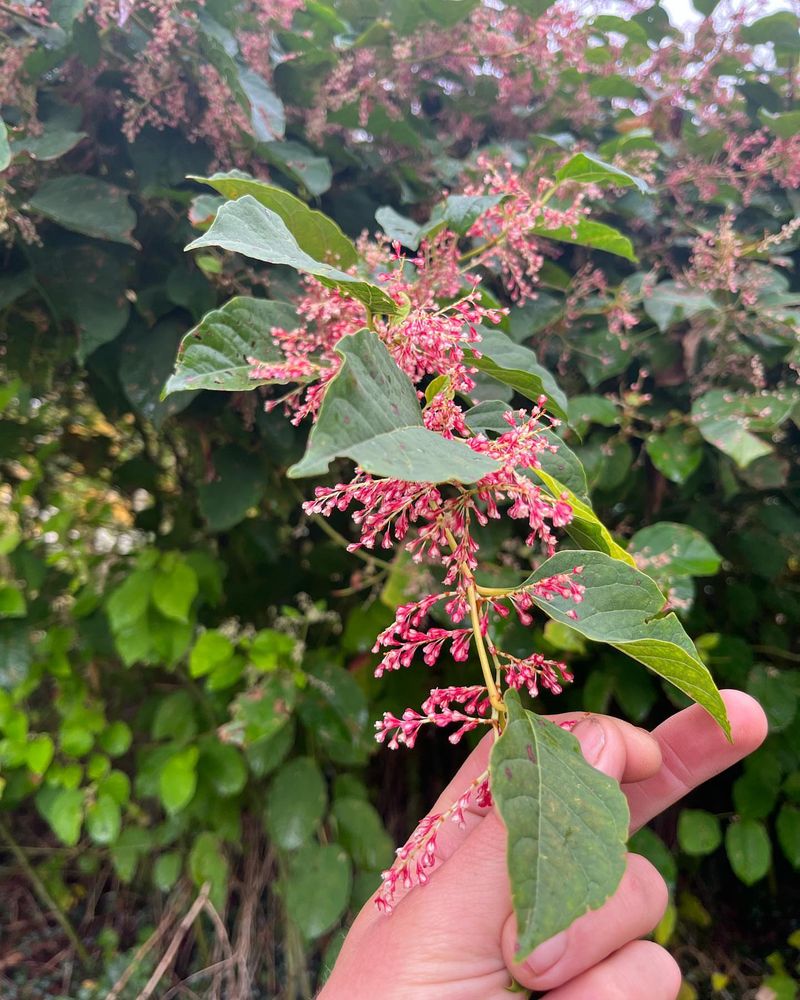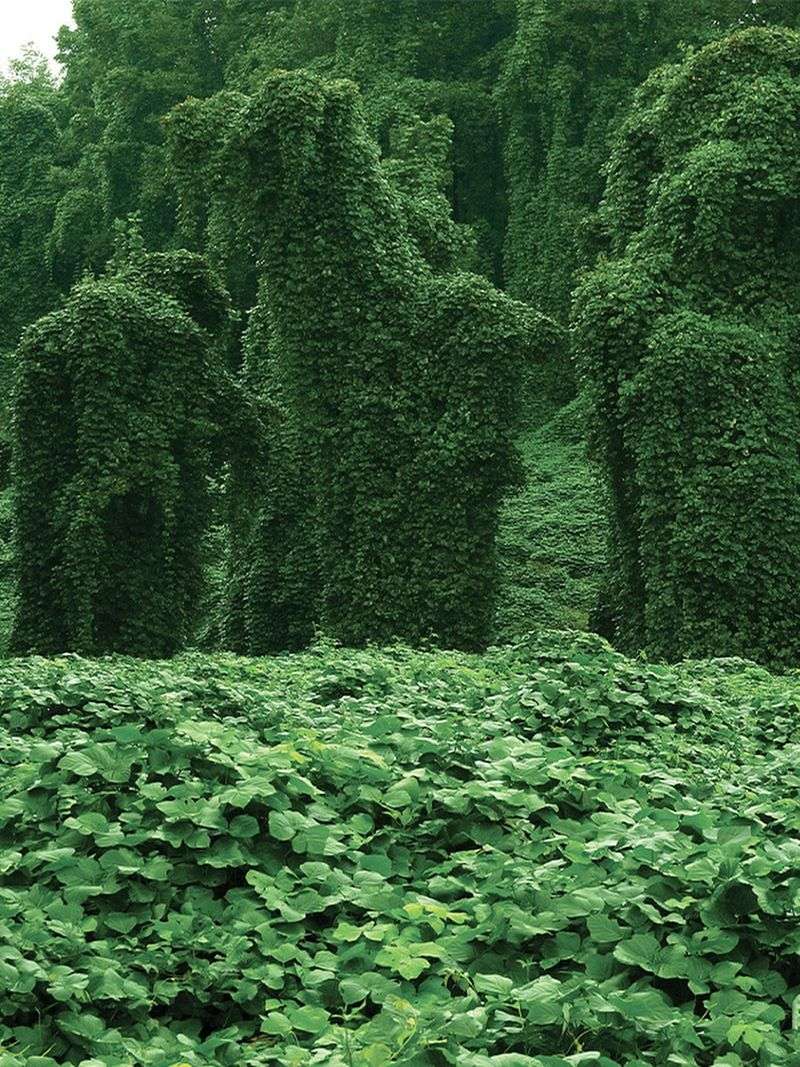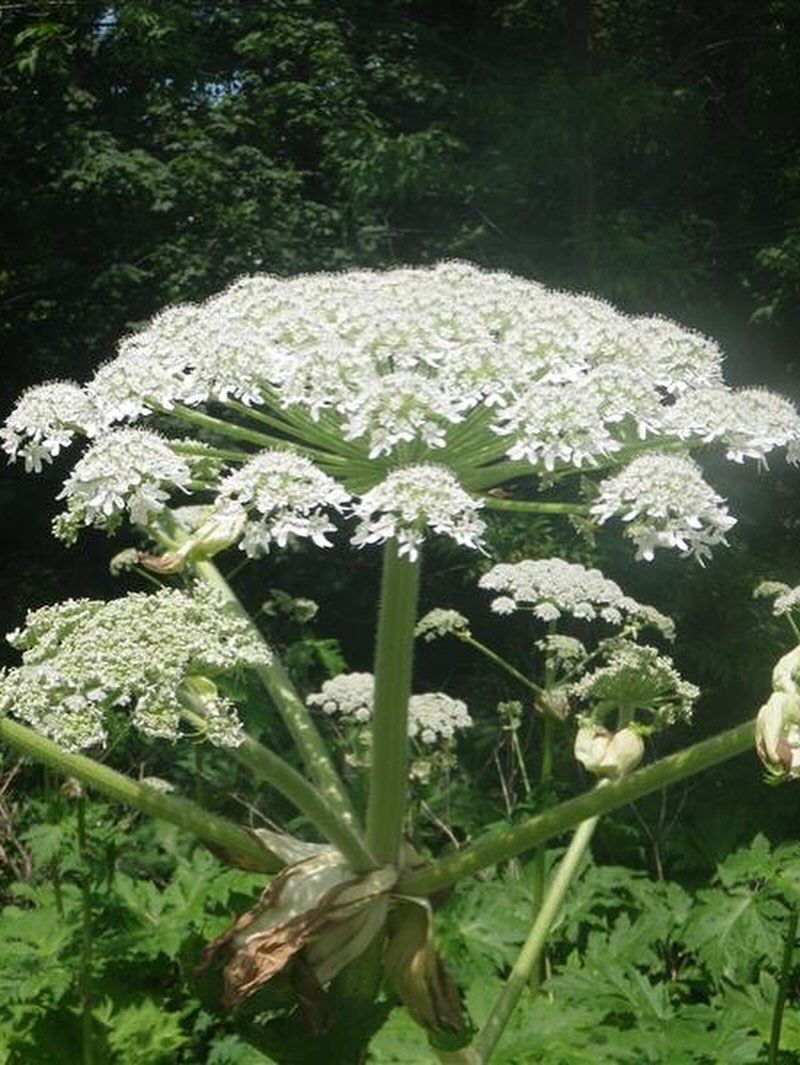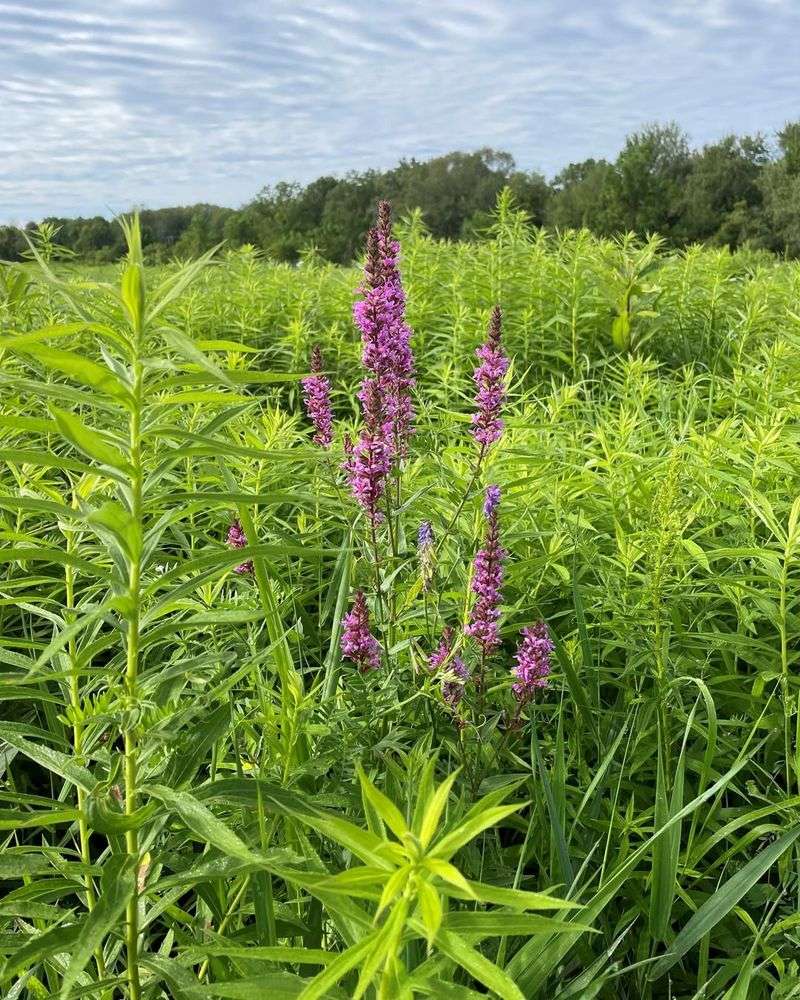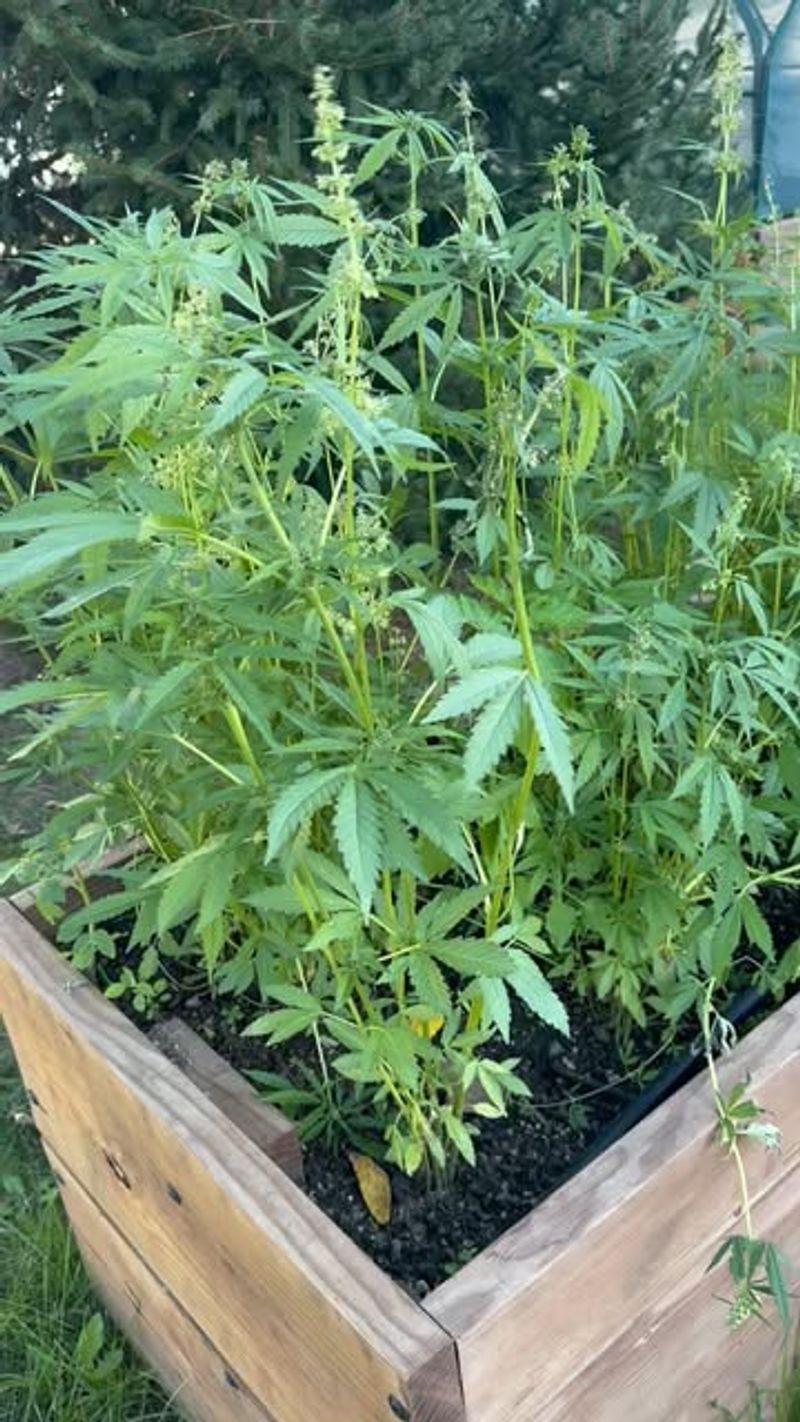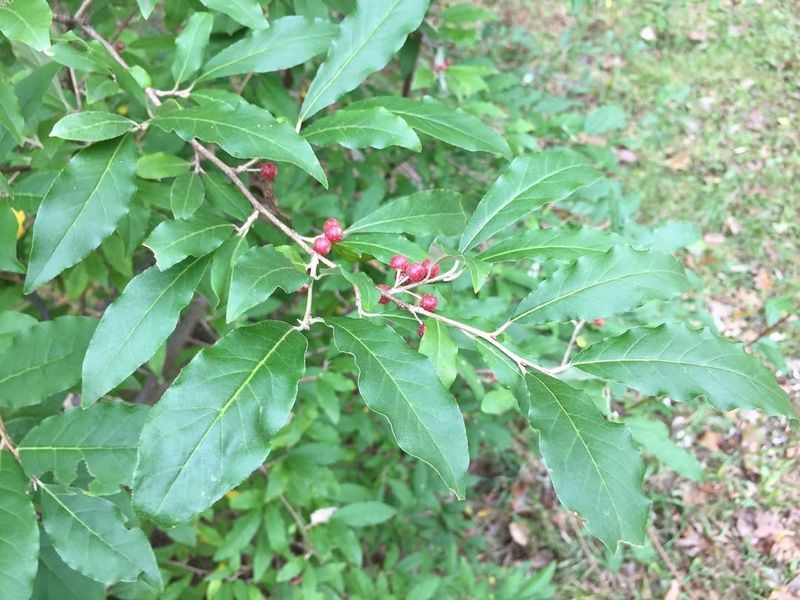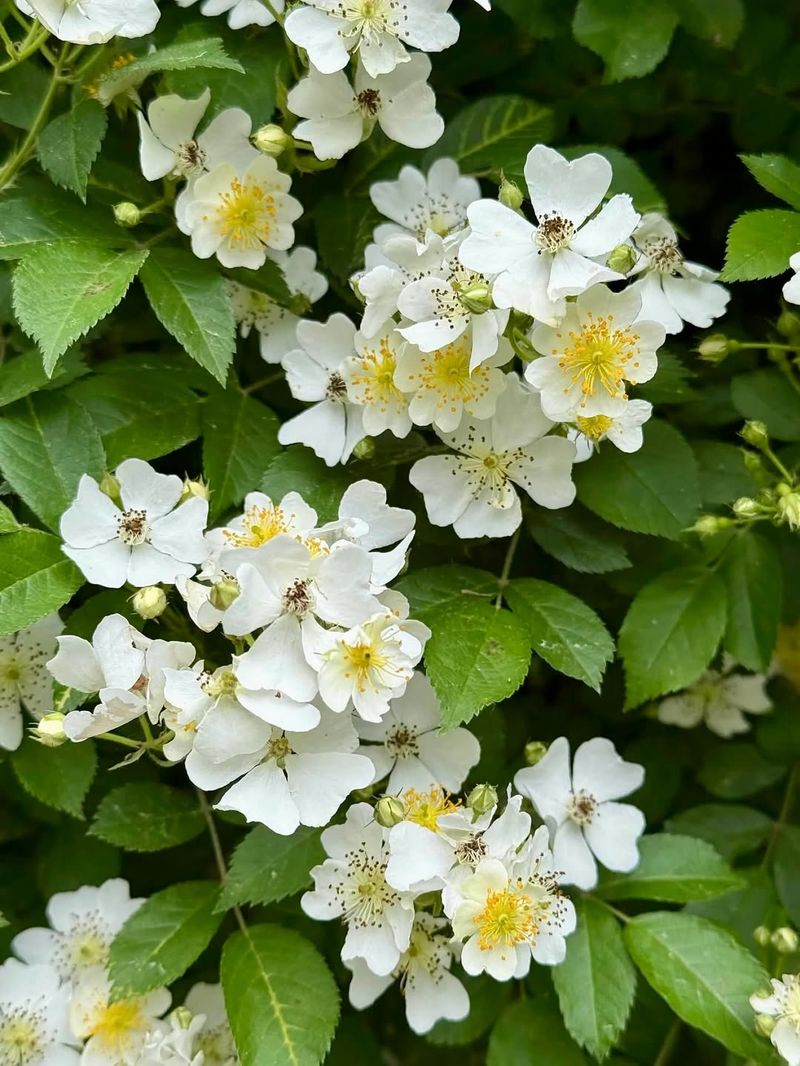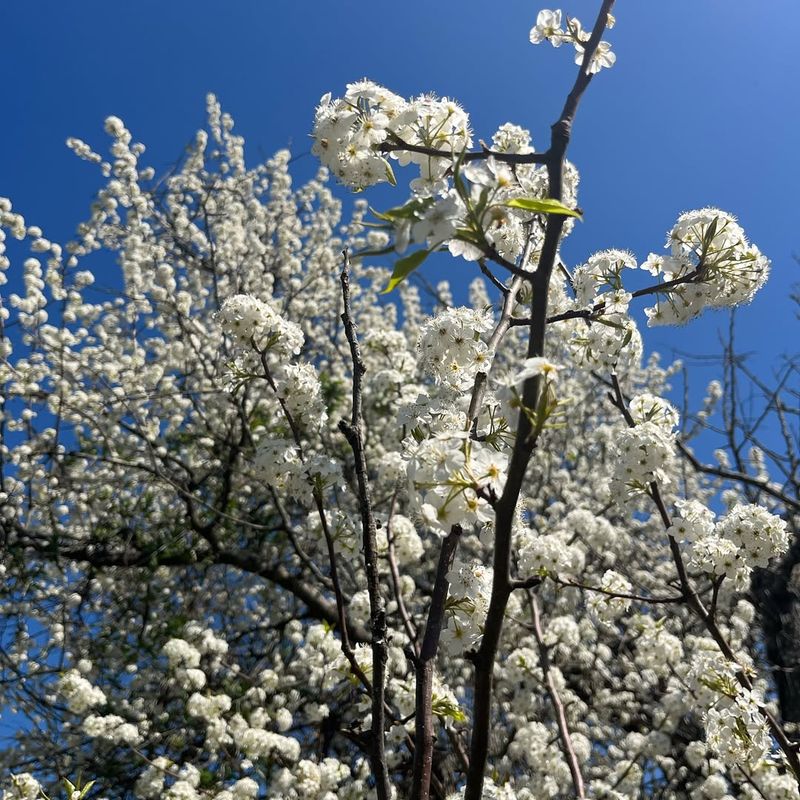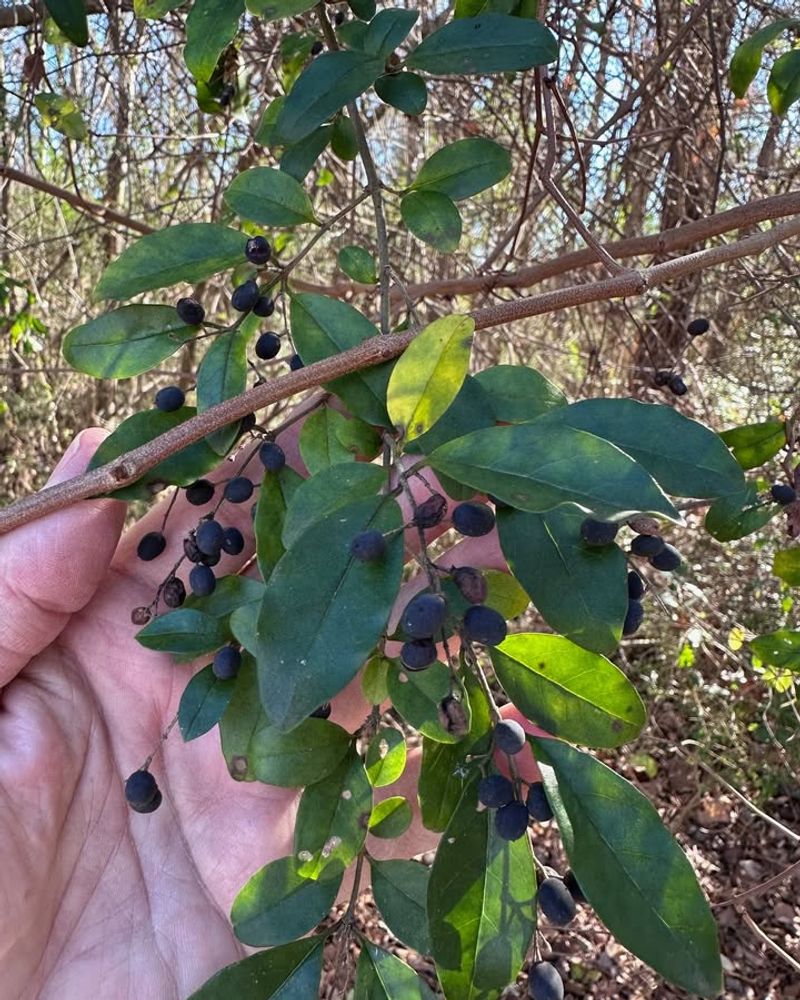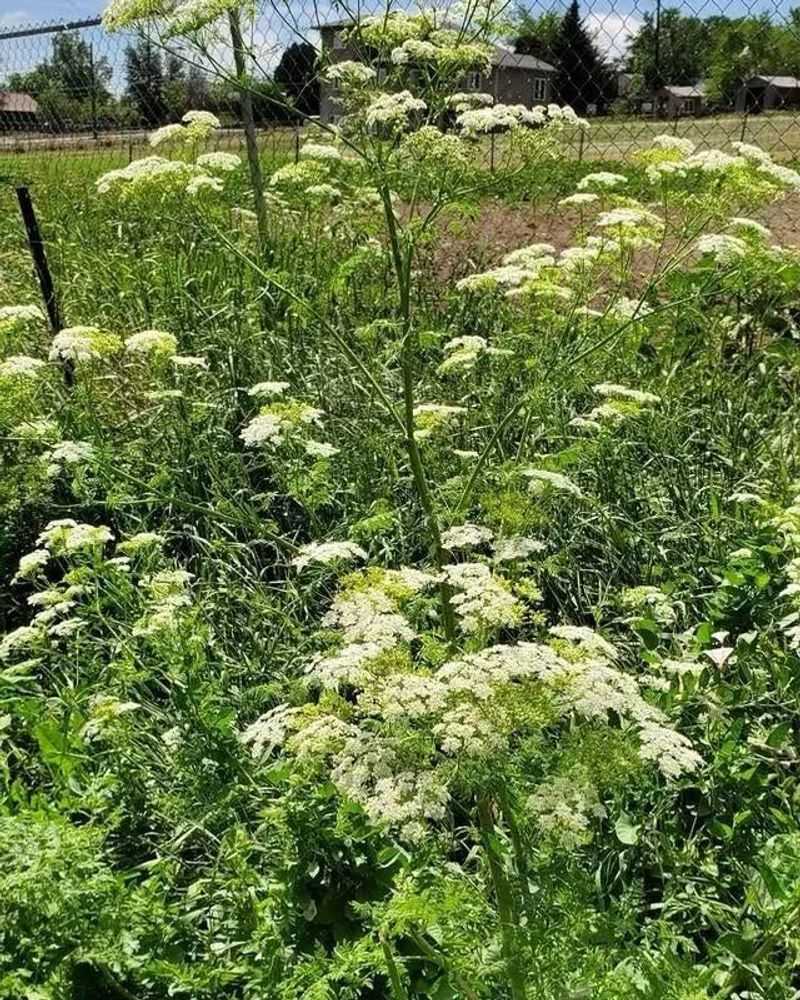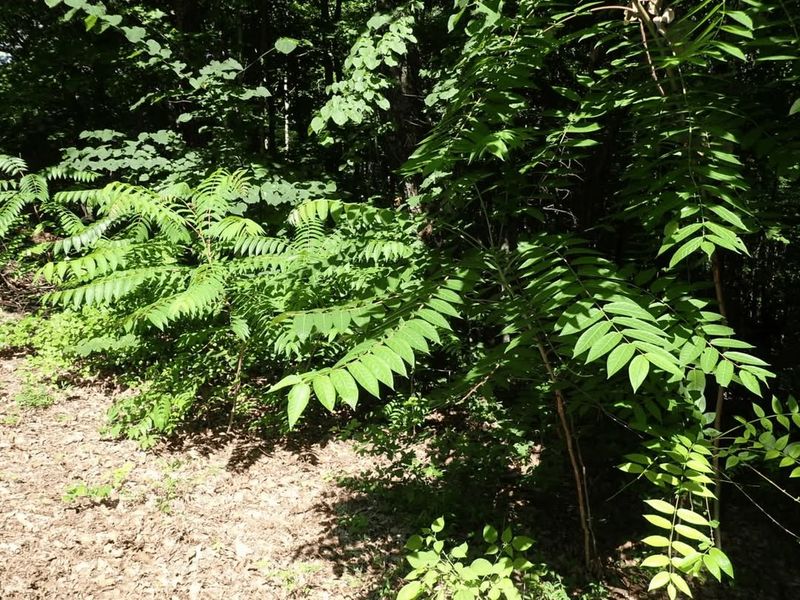Growing your own food in Tennessee sounds rewarding—until you realize some plants can get you in trouble. State and local laws restrict certain crops for good reason.
Some plants spread too fast, damage ecosystems, or pose health risks to people and wildlife. And many gardeners don’t even know these rules exist until it’s too late.
I’ve seen cases where folks faced fines or had to rip out their hard-earned harvests. Knowing what’s allowed before you plant can save you time, money, and heartache.
1. Japanese Knotweed
Resembling bamboo with its hollow stems and rapid growth, Japanese knotweed might seem like an attractive addition to your garden fence line.
However, Tennessee classifies it as a noxious weed due to its aggressive spreading habits that can damage foundations, driveways, and native plant ecosystems. Property owners can face substantial fines if this plant spreads to neighboring properties or public lands.
Its root system grows incredibly deep and can regenerate from tiny fragments, making removal extremely difficult and expensive once established.
2. Kudzu Vine
Known as the vine that ate the South, kudzu grows up to a foot per day during summer months and smothers everything in its path.
While some people harvest it for baskets or herbal remedies, deliberately planting or cultivating kudzu in Tennessee violates state invasive species regulations. Landowners must actively control kudzu on their property to prevent it from spreading.
Failure to manage existing kudzu growth can result in citations from local agricultural extension offices, especially if it threatens neighboring farms or forests.
3. Giant Hogweed
Standing up to 14 feet tall with dramatic white flower clusters, giant hogweed looks impressive but contains toxic sap that causes severe skin burns and blistering.
Tennessee law prohibits growing this plant because of the serious health hazards it poses to humans and animals alike. Contact with the sap, followed by sunlight exposure, can lead to painful burns requiring medical treatment.
Agricultural authorities actively work to eradicate giant hogweed populations, and property owners discovered cultivating it face mandatory removal orders plus potential fines for endangering public health.
4. Purple Loosestrife
With gorgeous purple flower spikes that bloom throughout summer, purple loosestrife seems perfect for rain gardens or pond edges. Unfortunately, this beautiful perennial chokes out native wetland plants that wildlife depends on for food and habitat.
Tennessee designates purple loosestrife as an invasive species, making it illegal to plant or sell within state borders. Each plant produces millions of seeds that spread quickly through water systems.
Landowners with water features must remove any purple loosestrife promptly to avoid violations and protect local ecosystems from this aggressive colonizer.
5. Cannabis Plants
Despite changing attitudes nationwide, growing cannabis for personal use remains illegal in Tennessee without proper medical licensing. State law treats unlicensed cultivation seriously, with penalties ranging from misdemeanors to felonies depending on plant count and intent.
Even a single plant in your tomato patch can trigger criminal charges and hefty fines. Tennessee has not legalized recreational marijuana, and home cultivation is not permitted even for medical cardholders.
Law enforcement actively investigates tips about backyard grows, making this one crop that definitely isn’t worth the legal risk for Tennessee gardeners.
6. Autumn Olive Shrubs
Producing abundant red berries that birds love, autumn olive was once promoted for wildlife habitat before scientists recognized its invasive nature. The shrubs spread rapidly across Tennessee landscapes, outcompeting native berry-producing plants that provide better nutrition for wildlife.
Many counties now prohibit planting autumn olive as part of invasive species management programs. Existing shrubs should be removed rather than maintained.
Landowners participating in conservation programs or receiving agricultural subsidies may lose funding if they allow autumn olive to proliferate, and some municipalities issue removal orders for properties with heavy infestations.
7. Multiflora Rose
Farmers once planted multiflora rose for living fences, but this thorny shrub quickly became a nightmare across Tennessee farmland and forests. Dense thickets form impenetrable barriers that reduce property values and make land unusable for agriculture or recreation.
Tennessee classifies multiflora rose as a noxious weed, requiring landowners to control its spread. County agricultural agents can issue citations for properties where multiflora rose threatens neighboring lands.
The plant produces thousands of seeds per bush that birds distribute widely, creating ongoing management headaches and potential legal liability for property owners who ignore infestations.
8. Johnsongrass
Reaching heights of seven feet, johnsongrass might look like an ornamental grass, but farmers consider it one of Tennessee’s worst agricultural weeds. It spreads through both seeds and aggressive underground rhizomes that are nearly impossible to eliminate once established in garden beds.
State agricultural laws require landowners to control johnsongrass to prevent it from contaminating neighboring cropland. The grass can also produce toxic levels of cyanide under drought stress, poisoning livestock.
Property owners near agricultural land face particular scrutiny, and failure to manage johnsongrass populations can result in fines and mandatory eradication efforts at the owner’s expense.
9. Bradford Pear Trees
Beloved for their spring clouds of white flowers, Bradford pears were planted throughout Tennessee neighborhoods before their invasive tendencies became clear. The trees produce copious fruit that birds spread everywhere, and the offspring form thorny thickets that crowd out native vegetation.
Several Tennessee cities now ban planting Bradford pears, and some offer removal incentives to replace existing trees.
While you won’t typically face fines for mature trees already on your property, new plantings violate local ordinances in many jurisdictions. The trees also have weak branches that cause property damage, making them problematic beyond their invasive status.
10. Chinese Privet
Commonly used for hedges, Chinese privet spreads aggressively into Tennessee forests and creek banks, forming dense stands that block sunlight and eliminate native understory plants. The shrub produces berries that birds eagerly consume and distribute, creating new infestations far from the original planting.
Tennessee forestry officials actively work to eradicate privet from public lands and may issue citations to adjacent private landowners whose privet contributes to the problem. Conservation programs often require privet removal as a condition of participation.
Some counties have adopted ordinances restricting privet planting, particularly near natural areas and waterways where ecological damage is most severe.
11. Poison Hemlock
Often mistaken for Queen Anne’s lace or wild carrot, poison hemlock contains deadly toxins in every part of the plant that can hurt humans and livestock. While it typically grows wild in ditches, some gardeners accidentally encourage it by not recognizing and removing seedlings from their vegetable patches.
Tennessee law requires property owners to eliminate poison hemlock due to the severe public safety threat it represents.
Local health departments can mandate removal and assess fines for non-compliance, especially when the plant grows near schools, parks, or livestock areas. Even touching the plant can cause skin reactions, making proper identification and prompt removal essential.
12. Tree Of Heaven
Despite its heavenly name, this fast-growing tree creates earthly problems for Tennessee property owners. Tree of Heaven produces chemicals that poison surrounding soil, preventing other plants from growing and reducing biodiversity wherever it takes hold.
The tree also serves as the preferred host for spotted lanternfly, an invasive pest threatening Tennessee agriculture. State agricultural authorities encourage aggressive removal of Tree of Heaven and may require it as part of pest management efforts.
Some municipalities have designated it a nuisance species subject to removal orders. The tree spreads rapidly through root suckers and wind-dispersed seeds, making early removal critical before infestations become unmanageable and legally problematic.


